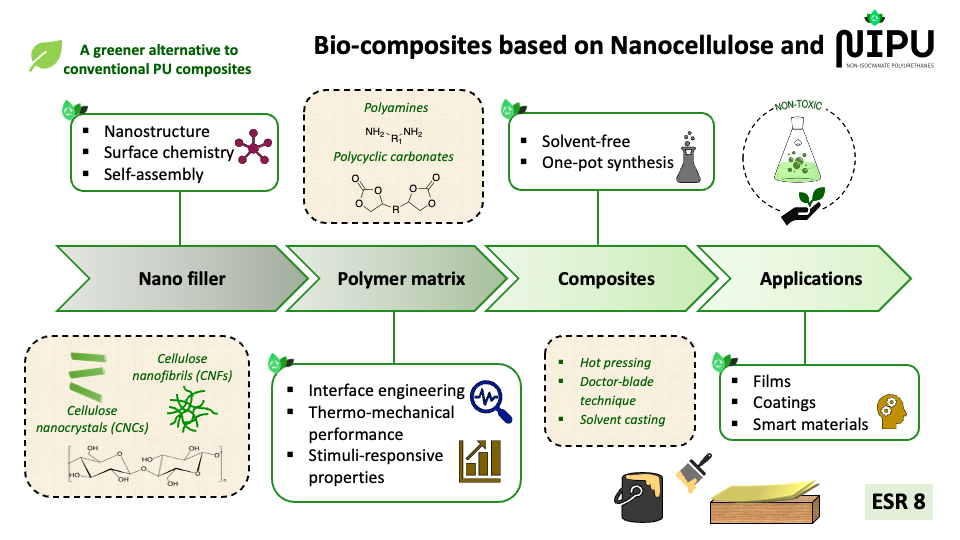Bio-sourced, oven-dried and wet-stable foams based on cellulose and amyloid nanofibrils
In the recent decades, foams have been extensively used for different applications such as: packaging, thermal and acoustic insulation, energy storage, and water purification. However, fabrication of foams from renewable resources through green methods with scale-up potential is challenging. In this context, cellulose nanofibrils (CNFs) as the most abundant bio-derived nanofibrils with outstanding physical properties […]
Bio-sourced, oven-dried and wet-stable foams based on cellulose and amyloid nanofibrils Läs mer »


